Is Calphalon Safe? Your Guide to Non-Toxic Cooking
Have you ever found yourself standing in the kitchen, pondering whether your cookware truly supports your family’s well-being? I remember my own journey with Calphalon, a brand that’s both stylish and durable, yet often questioned for its safety. Like many of you, I was drawn to its promise of convenience with materials like anodized aluminum and non-stick coatings. But are these materials as safe as they seem? In this article, I’ll share what I’ve learned about Calphalon’s composition, addressing common concerns and offering practical tips for safe use. Together, let’s explore the facts and myths, ensuring our kitchens remain a haven of health and sustainability.
Understanding Calphalon Cookware and Its Safety
Calphalon has long been a trusted name in the cookware world. Their range of products, from pots and pans to baking sheets, is known for quality and safety. This reputation is built on their use of high-quality materials and careful construction techniques.
One standout feature of Calphalon cookware is the use of anodized aluminum. This material is not only durable but also enhances safety, a key concern for many home cooks and professional chefs. The anodization process strengthens the natural oxide layer on aluminum, making the cookware harder and less reactive with acidic foods. This means you can whip up a variety of dishes without worrying about any metallic taste or safety issues.
The question “is Calphalon safe” often pops up for those exploring reliable cookware options. With its focus on anodized aluminum, Calphalon effectively addresses these concerns. Their products are designed to endure rigorous use while maintaining safety, making them a dependable choice for your kitchen. By prioritizing quality and safety, Calphalon continues to be a brand you can trust.
Materials Used in Calphalon Cookware: Are They Safe?
Exploring the materials in Calphalon cookware reveals a commitment to safety and durability. From anodized aluminum to non-stick coatings, each component is crafted with care. Let’s delve into these materials to understand their safety and how they contribute to a healthier cooking experience.
Anodized Aluminum: Is it Safe?
Ah, anodized aluminum—it’s like the trusty friend in your kitchen. I’ve always appreciated its resilience. The anodization process enhances the aluminum, creating a tougher surface that stands up to the rigors of daily cooking. This transformation not only extends the life of your cookware but also reduces reactivity with acidic foods. It’s reassuring to know that the flavors in your meals stay true, with no unwanted chemical interactions. For those of us prioritizing safety, Calphalon’s use of anodized aluminum is a comforting choice.
Non-Stick Coatings: What You Need to Know
The Truth About PFOA-Free Non-Stick Coatings
Since 2015, Calphalon has taken a significant step by removing PFOA from its non-stick coatings. This change reflects a dedication to safer cooking experiences. I remember the relief I felt when I learned about this shift. By opting for PFOA-free coatings, Calphalon provides peace of mind, allowing us to focus on the joy of cooking without worrying about harmful substances. It’s a testament to their commitment to our well-being.
PTFE and Teflon: Are There Safety Concerns?
PTFE, commonly known as Teflon, is a familiar name in non-stick cookware. Under normal conditions, PTFE is safe. However, it’s crucial to avoid overheating these pans to prevent the release of harmful fumes. I always keep a close eye on my cooking temperatures, ensuring I stay within recommended guidelines. For those wondering about other food safety concerns, you might ask yourself, “is Cool Whip bad for you?” If you’re concerned about PTFE, reaching out to the manufacturer for clarity can be a wise step. This proactive approach allows us to enjoy the convenience of non-stick surfaces while maintaining a safe kitchen environment.
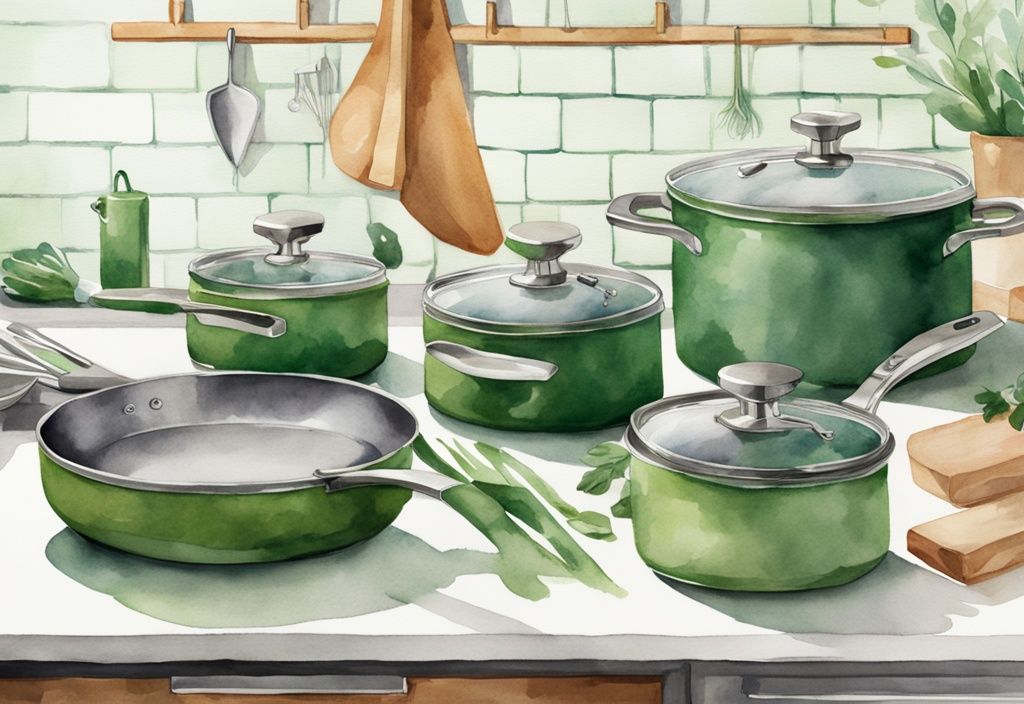
Addressing Safety Concerns with Calphalon Cookware
Navigating the world of cookware can feel overwhelming, especially when it comes to ensuring safety in your kitchen. Here, we delve into the safety aspects of Calphalon cookware, exploring both health concerns and practical tips for maintaining its integrity.
Health Concerns Related to Aluminum in Cookware
I remember when I first heard about the potential risks of aluminum in cookware. It sparked a flurry of questions and worries about my family’s health. But after diving into research, I found reassurance. Most scientific studies, including those from the Alzheimer’s Association, show no significant risk from aluminum exposure in cookware. The anodization process used in Calphalon products creates a non-reactive surface, significantly reducing the chances of aluminum leaching into food. This makes Calphalon a safer choice if you’re concerned about aluminum exposure.
Non-Stick Coatings: Potential Risks and Safety
Non-stick coatings have always been a kitchen favorite for their convenience. However, they do come with their own set of concerns. Over time, these coatings can degrade, releasing particles into food. To keep your cookware safe, it’s crucial to follow some simple care guidelines. Avoid using metal utensils and abrasive cleaners, as these can damage the non-stick surface. By taking these steps, you can extend the life of your cookware and keep it safe for everyday meals.
How Durability and Longevity of Non-Stick Surfaces Affect Safety
The durability of non-stick coatings is pivotal in ensuring safety. As these surfaces wear down, the risk of particle release increases. Regular checks and mindful usage are key to maintaining the non-stick surface’s integrity. Stick to recommended care practices, like using the right utensils and steering clear of high heat. This way, your cookware remains a dependable and safe kitchen companion.
How to Use and Maintain Calphalon Cookware Safely
Ensuring the safety and longevity of your Calphalon cookware involves understanding how to clean and use it properly. These simple yet effective strategies will help you keep your cookware in top condition, enhancing both its performance and your peace of mind.
Top Tips for Cleaning and Maintaining Your Calphalon Cookware
Hand washing is the secret to keeping your Calphalon cookware in excellent shape. Even if the label says it’s dishwasher safe, I find that hand washing does wonders for preserving the non-stick surface. Avoid abrasive cleaners and scouring pads, as they can scratch and damage the surface. Instead, I recommend using gentle dish soap and a soft sponge. This approach maintains the cookware’s pristine condition.
Another tip from my own kitchen: steer clear of metal utensils. They can cause scratches and eventually compromise the non-stick coating. Opt for wooden or silicone utensils instead. They’re gentle and help extend the life of your cookware.
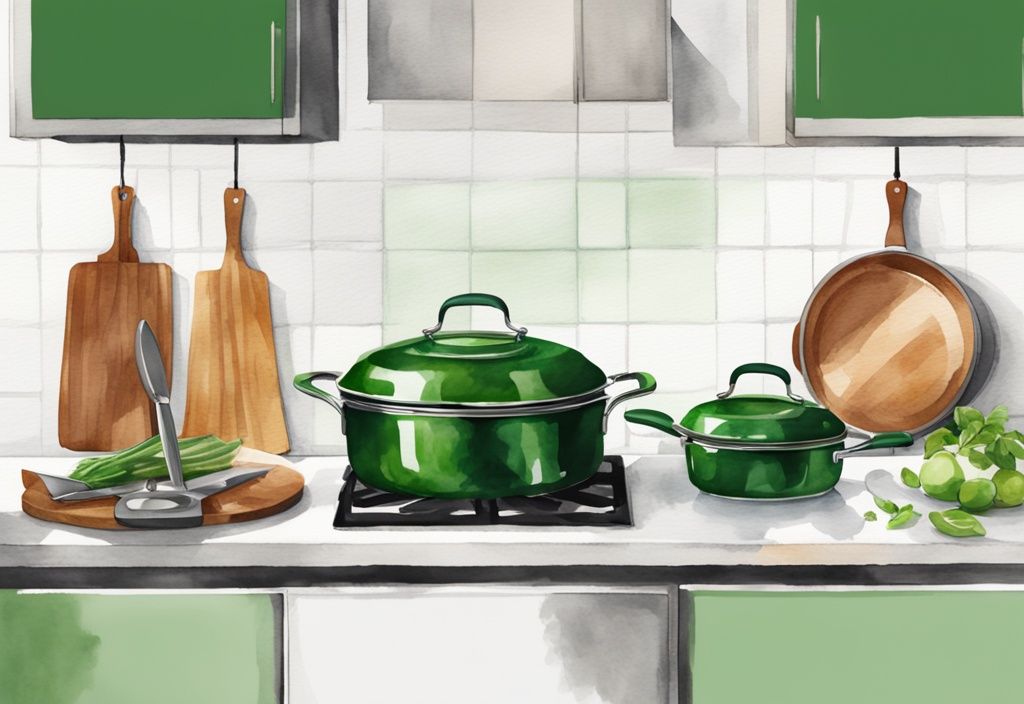
Guidelines for Using Calphalon Cookware Safely
Temperature Guidelines for Safe Use
Following the manufacturer’s temperature guidelines is crucial. Each piece of cookware has specific maximum temperature limits. Exceeding these can lead to damage or even safety hazards. Particularly with non-stick pans, overheating can release harmful fumes. Keeping cooking temperatures moderate not only ensures safety but also prolongs the life of your cookware.
Utensil Recommendations for Calphalon Cookware
Choosing the right utensils is a small change that makes a big difference. I always use utensils made from wood, silicone, or plastic. These materials are gentle on the non-stick surface and help prevent scratches that can degrade the coating. Avoid metal utensils, as they can easily damage the cookware, reducing its effectiveness and lifespan. By selecting the right tools, you’re taking a significant step towards maintaining the durability and safety of your cookware.
How to Ensure You’re Buying Authentic Calphalon Products
Ensuring the safety and quality of your cookware begins with purchasing authentic Calphalon products. Counterfeit items can fall short of the brand’s stringent safety standards, potentially affecting both your cooking experience and your health. Here are some heartfelt steps to verify the authenticity of Calphalon cookware:
- Purchase from Reputable Retailers: I’ve realized the importance of buying from well-known and trusted retailers. These stores are more likely to carry genuine Calphalon items, reducing the risk of counterfeits. Always check for authorized dealers listed on Calphalon’s official website to ensure you’re sourcing from a legitimate place.
- Verify Product Authenticity: I can’t stress enough how crucial it is to use official Calphalon channels to confirm your purchase’s authenticity. By contacting Calphalon’s customer service with details like serial numbers or unique identifiers, you can verify if your item is genuine. This step is vital in ensuring your cookware aligns with the brand’s safety and quality standards.
By following these guidelines, you can confidently invest in Calphalon cookware, knowing that you’re choosing safe and authentic products that support a healthier lifestyle.
Conclusion: Is Calphalon Cookware Safe?
Calphalon cookware can indeed be a safe choice for your kitchen, especially when used with care and attention. The brand’s dedication to quality materials, like anodized aluminum and PFOA-free non-stick coatings, offers peace of mind. Understanding these materials helps you make informed decisions about what you bring into your home.
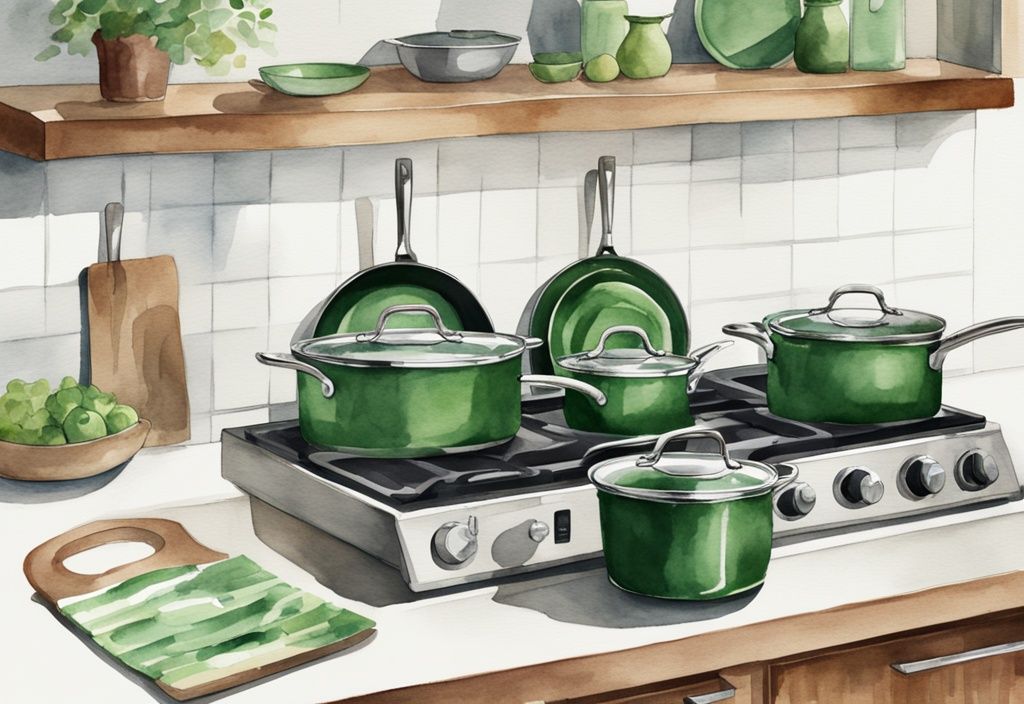
To keep your Calphalon cookware safe and long-lasting, following the manufacturer’s care instructions is key. This means hand washing your pots and pans and steering clear of abrasive cleaners. These small steps help maintain the non-stick surface and overall integrity of your cookware. Also, opting for wooden or silicone utensils can prevent scratches, prolonging the life of your kitchen tools.
In essence, Calphalon cookware provides a safe cooking experience when you’re informed and mindful of its care. By doing so, you not only enjoy your cookware for years but also contribute to a healthier, more sustainable kitchen environment. It’s all about making choices that benefit both your well-being and the planet.
Frequently Asked Questions About Calphalon Safety
When it comes to choosing cookware, safety is a top priority for many of us. Here, we dive into some common concerns about Calphalon cookware, ensuring you have the information needed to make safe and informed choices.
Is Calphalon cookware safe for birds?
As a bird lover, I know how crucial it is to keep our feathered friends safe. Non-stick coatings can pose a risk if they overheat, releasing fumes that are harmful to birds. Always check that your cookware is free from Teflon or similar coatings to avoid these dangers.
Can Calphalon cookware go in the oven?
Yes, many Calphalon products are oven-safe, which is fantastic for those one-pot meals. However, it’s essential to check the specific product guidelines for maximum temperature limits. This ensures both your safety and the longevity of your cookware.
Is it safe to use metal utensils with Calphalon cookware?
From my experience, sticking to non-metal utensils is the way to go with non-stick Calphalon cookware. Metal can scratch the surface, which not only affects its performance but can also release particles into your food. Opt for wooden or silicone utensils to keep your cookware in top shape.
Does Calphalon still use Teflon in their products?
Most of Calphalon’s non-stick coatings are PFOA-free, which is a relief for those of us concerned about toxins. However, it’s wise to verify with the manufacturer regarding the presence of PTFE or Teflon to align with your personal safety preferences.
Hi, I’m Olivia Green, the voice behind nontoxicways.com. I’m passionate about helping you make the shift to a healthier, non-toxic lifestyle without feeling overwhelmed. I love sharing my personal journey, from small changes to big transformations, along with practical tips that make it all feel doable. My goal is to inspire and guide you toward a lifestyle that benefits both your well-being and the planet. Let’s take this journey together, one simple step at a time!
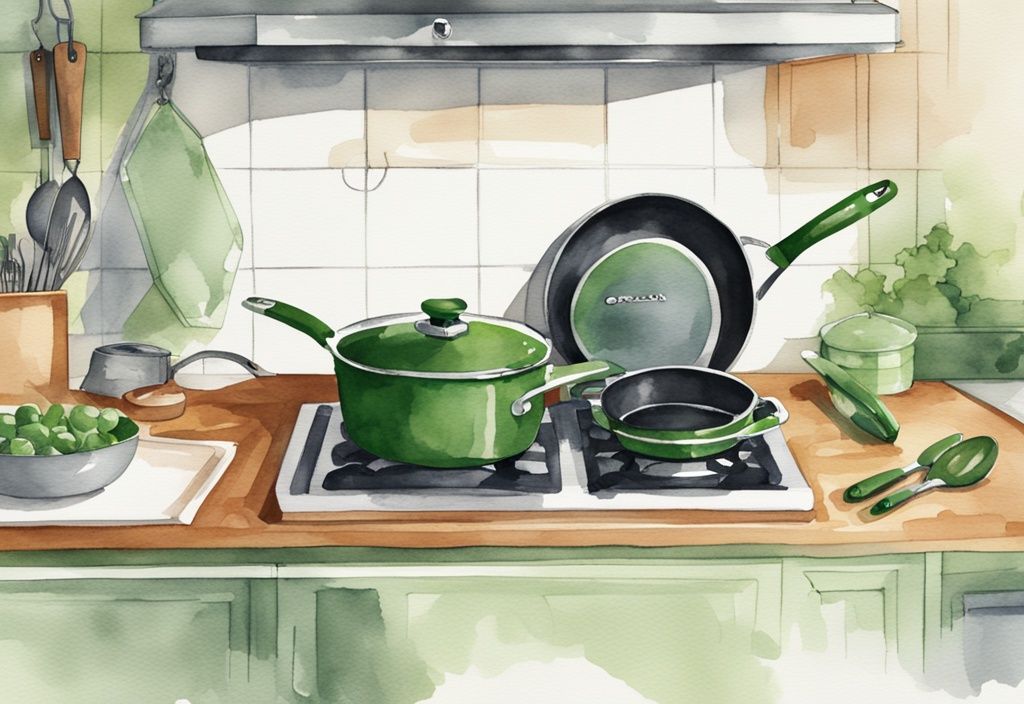

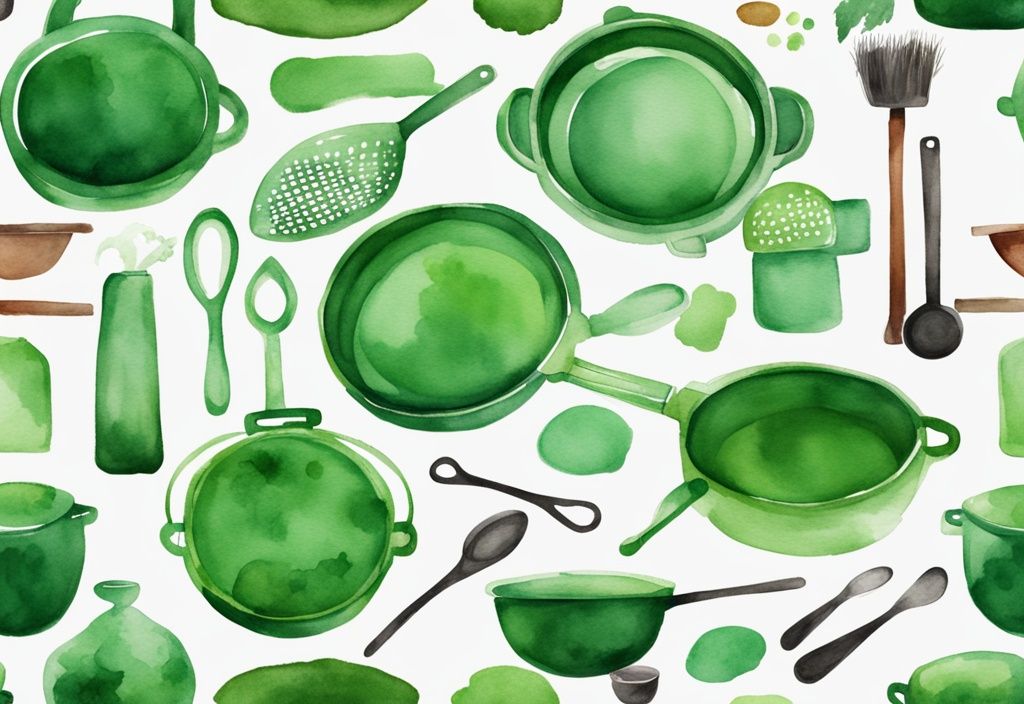
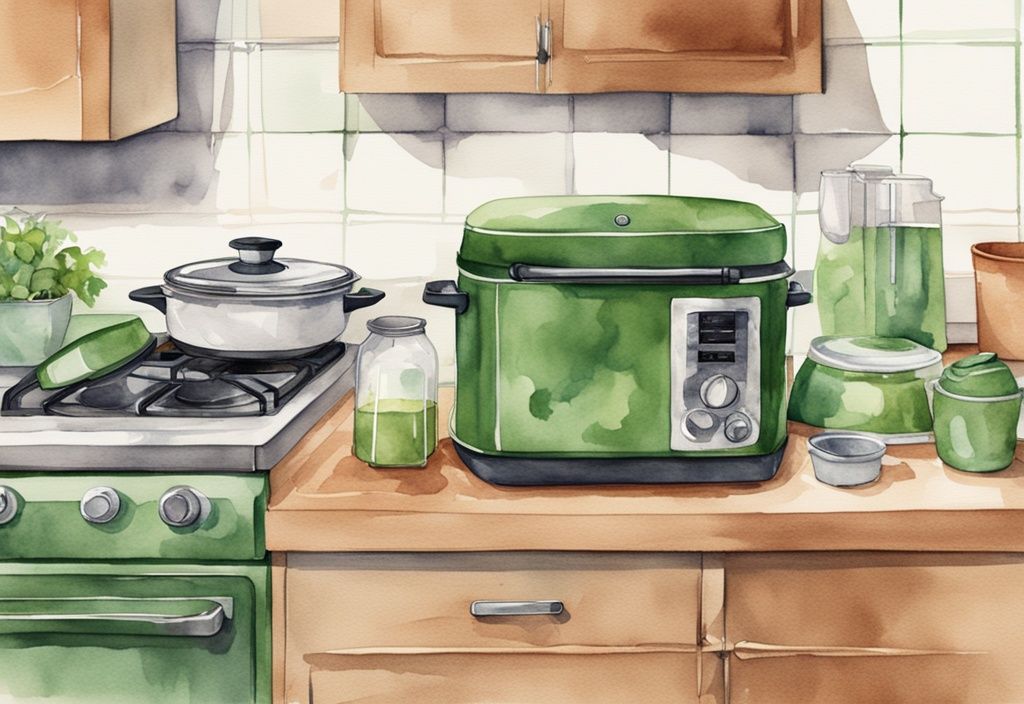
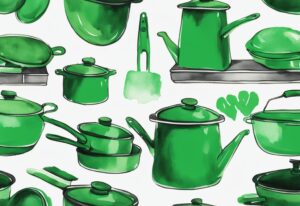
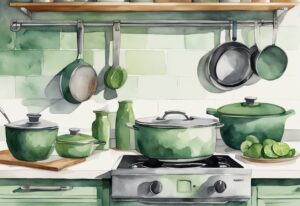

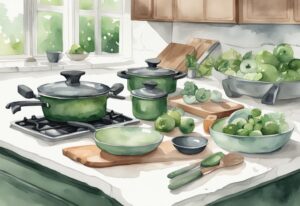
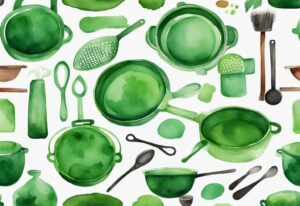
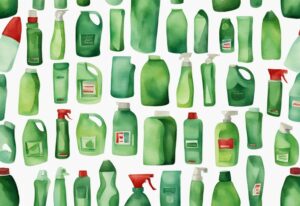


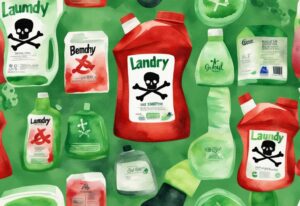

Post Comment